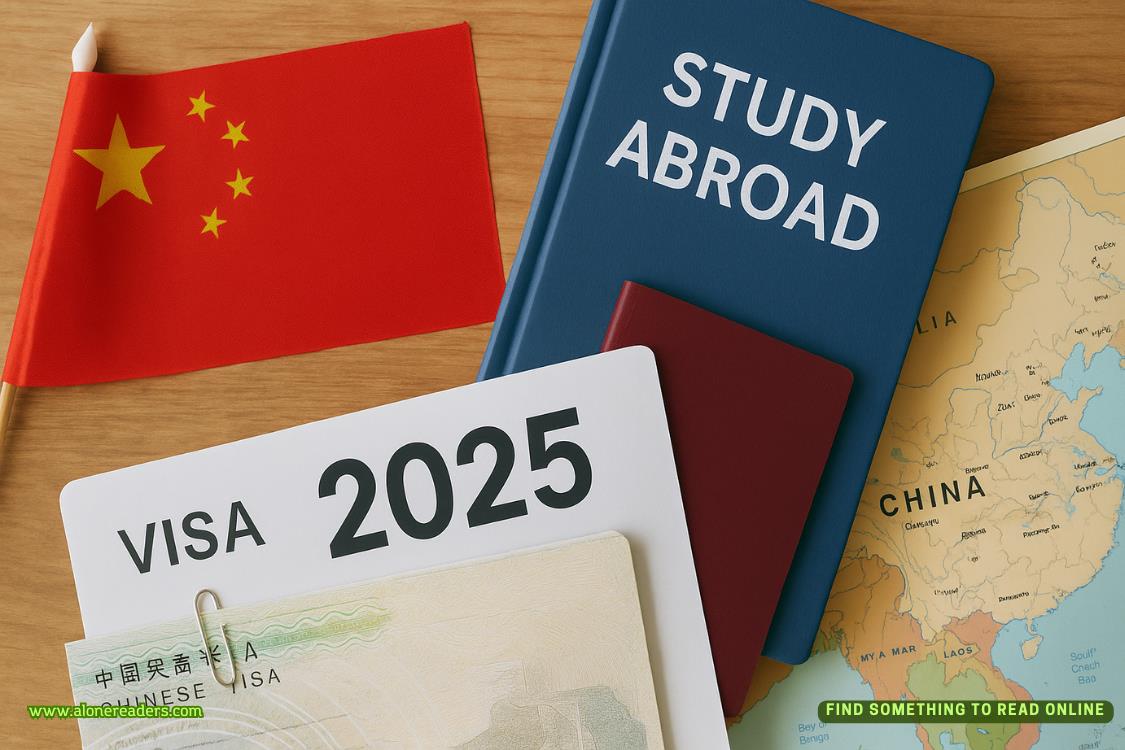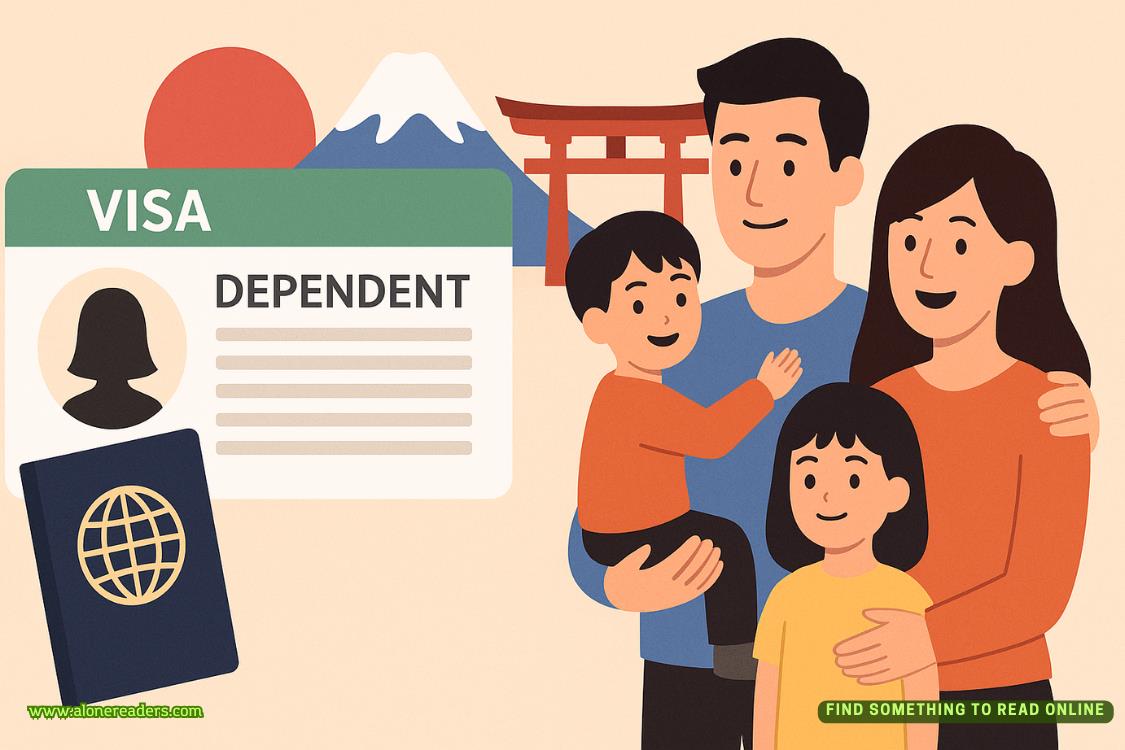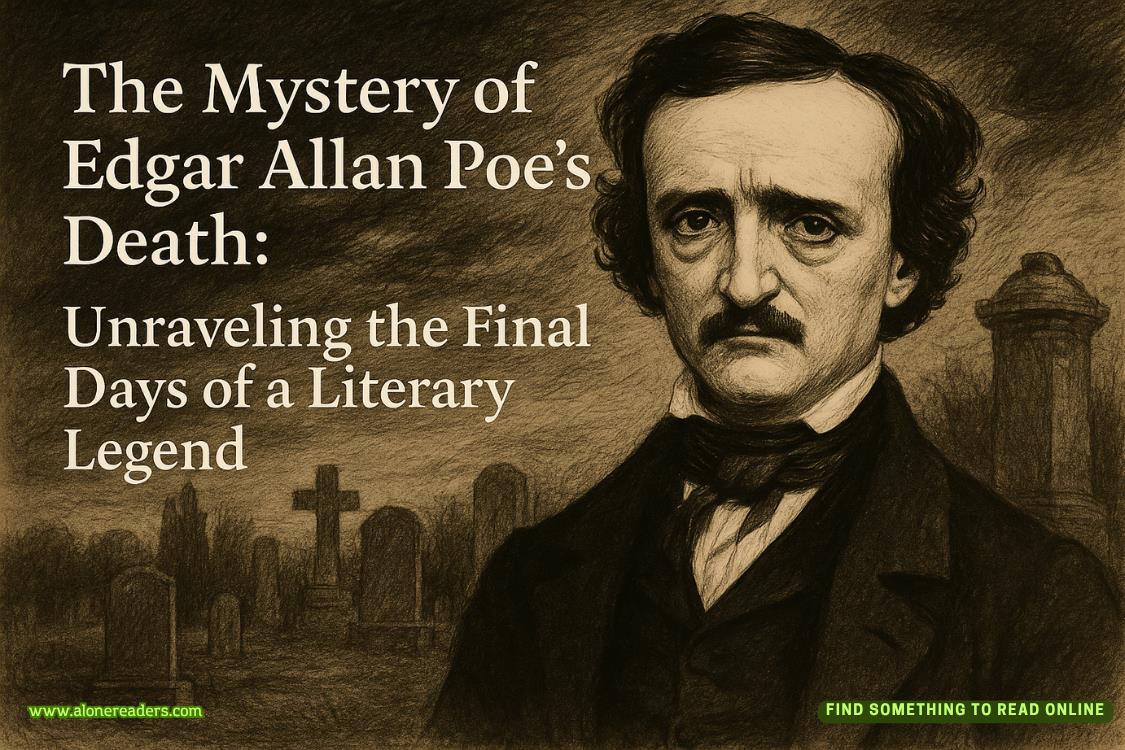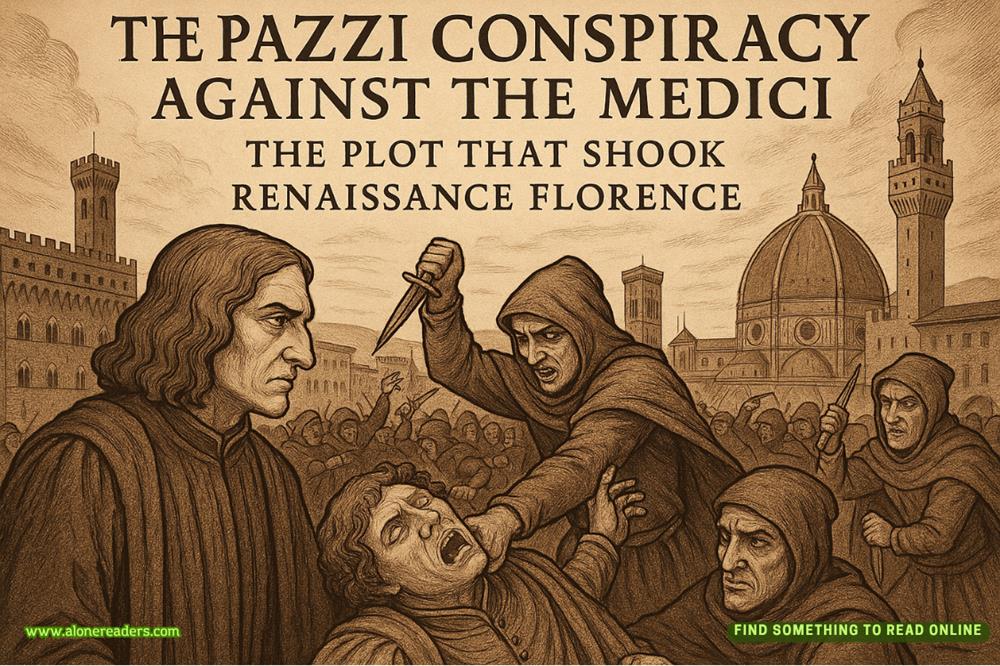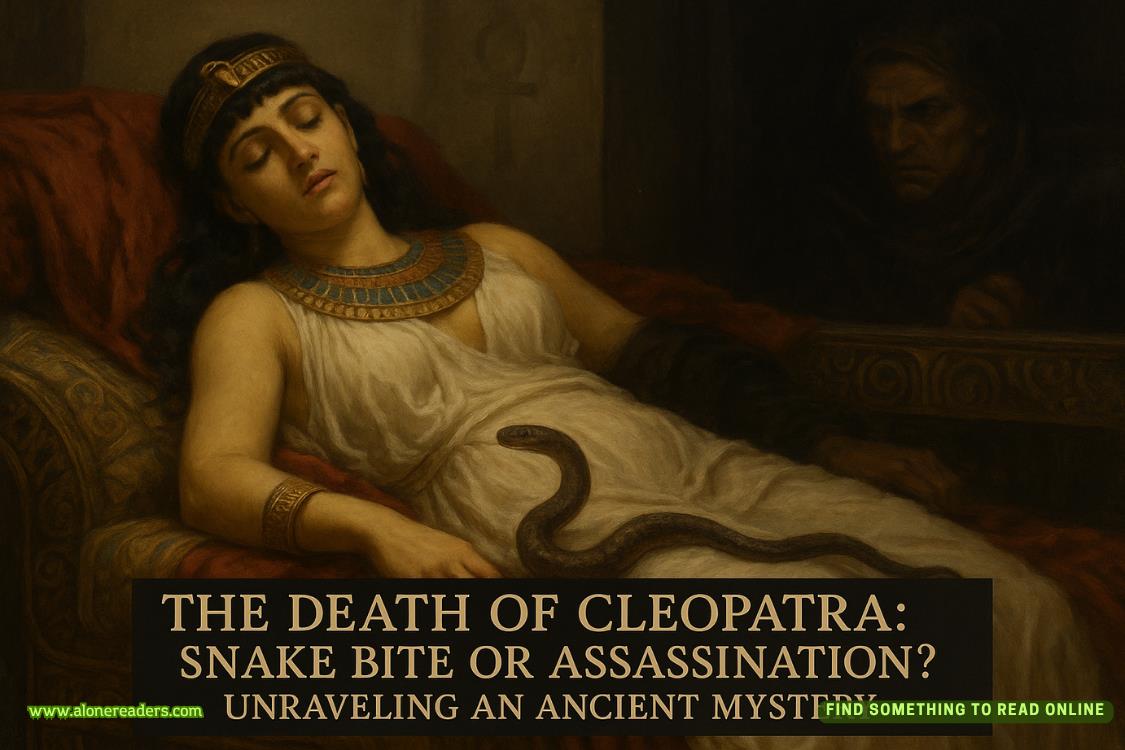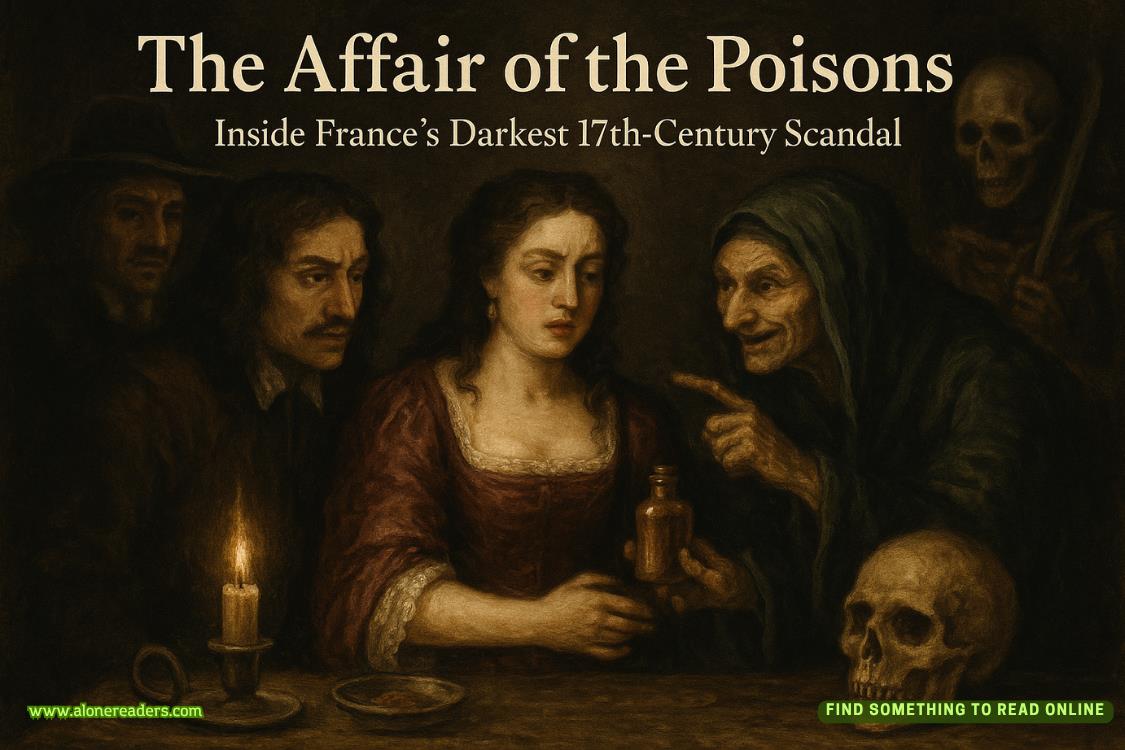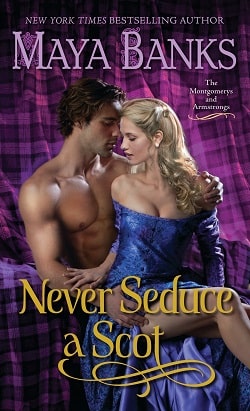“In what ways have we changed our ways of living from before the war? What are the big five?” It was an easy question that every elementary school kid could answer and sure enough; every student raised a hand.
I pointed to another young man in the back. He was wearing a fashionable white jumpsuit with a multicolored vest.
“The big five are: No killing, no greed, no borders, no pollution, and equality for all.”
“Exactly. We no longer kill animals to feed on them and we don’t hoard to have more possessions than our neighbors, and as I mentioned before, we got rid of borders and the ‘them and us’ mentality.
Except the border to the Northlands, I thought.
It was, to use a phrase that would probably mean nothing to the students, the elephant in the room that no one spoke about. We had created a society built on equality and tolerance, yet we had a big wall to protect us from the brutal Nmen who refused to live under the rules of the Motherlands.
A sequence of small pinging sounds alerted me that my online students had questions. I ignored them, favoring the students in front of me, and chose a student on the third row. “You have a question?”
“Yes, but it’s not related to the war. It’s just something I’ve always been confused about.”
“Let’s hear it,” I encouraged her.
“I know people used to marry, but the more I read about it, the more puzzled I get. Would you please explain how that worked?”
Marriage wasn’t on my agenda for today, but it was another area that had always fascinated me so I took the bait and answered the question.
“There used to be a balance in numbers between men and women on earth, and from early on they formed families with one woman and one man coming together to procreate and raise children.”
“But how could there be a balance between men and women? Who controlled that an equal number of boys and girls were born?” the brunette asked.
I scratched my head. “Good question. Nature, I suppose.”
She waved her hand again but didn’t wait for me to give her permission to speak. “But I don’t understand how that worked,” she said. “Was every family forced to have an equal number of children to even things out? And what if they had two sons already – were they then forced to have two girls too?”
“No, I just meant that nature has a way of evening out the differences. For instance, we know that in some societies they preferred males and would kill their infant baby girls. In that part of the world there would be a lack of women of course, but because women tended to outlive the males around the world the numbers evened out eventually.
“Family unions were formed by one man and one woman, and depending on the culture it was based on either a practical arrangement or passionate love.”
Muttering broke out again and I knew it was the phrase “passionate love” that confused them.
“You have to understand that women and men were not as evolved as we are today,” I started. “It’s mind-boggling to think that the concept of marriage started from an old tradition of a woman’s being first her father's property and then handed over by her father to be her husband's property. There was a time when women didn’t have the right to vote or pursue a career, and in many cultures it was the custom for a woman to give up part of her identity and take on her husband’s name after marriage.”
Disturbed looks were exchanged.
“I can see that you’re upset about this, but then imagine being a woman living in the parts of Asia and Russia where bride stealing was used.”
“Bride stealing?” a male student in the last row asked while fiddling with his pretty long braid.
“Yes, men would kidnap women on the street and force them into marriage.”
“Was that legal?” the young man asked with his face scrunched in mortification.
“I’m not sure. It’s hard to think that it could have been, but nevertheless we have found solid evidence that it took place as a cultural practice.”
The brunette was tearing up and I held out my hand. “Don’t get me wrong. Not everyone was forced, of course. But even if you weren’t kidnapped or forced there was still a lot of pressure. We know from our research that in general, society placed a high value on the institution of marriage and it forced people, especially women, to feel worthless without it. Some cultures demanded that couples be married in order to have kids. And in some cultures, having children outside of marriage could get a woman shamed or even killed.”
Gasps were heard.
“We would like to think that bride stealing was isolated to a small part of the world, but from our studies we know that in large parts of the world women were forced into marriage as children.”
“But why?” a girl asked with wide eyes and a look of horror.
“Maybe the family needed money. Maybe it was for political reasons. We can’t know for sure, but what we do know is that it was once common among royalty. In the thirteenth century, the King of Portugal married a girl called Elizabeth who was only eleven at the time. In the sixteenth century, Henry the Fourth married off his teenage daughter, Princess Emilia, to a man more than thirty years older than her.”




